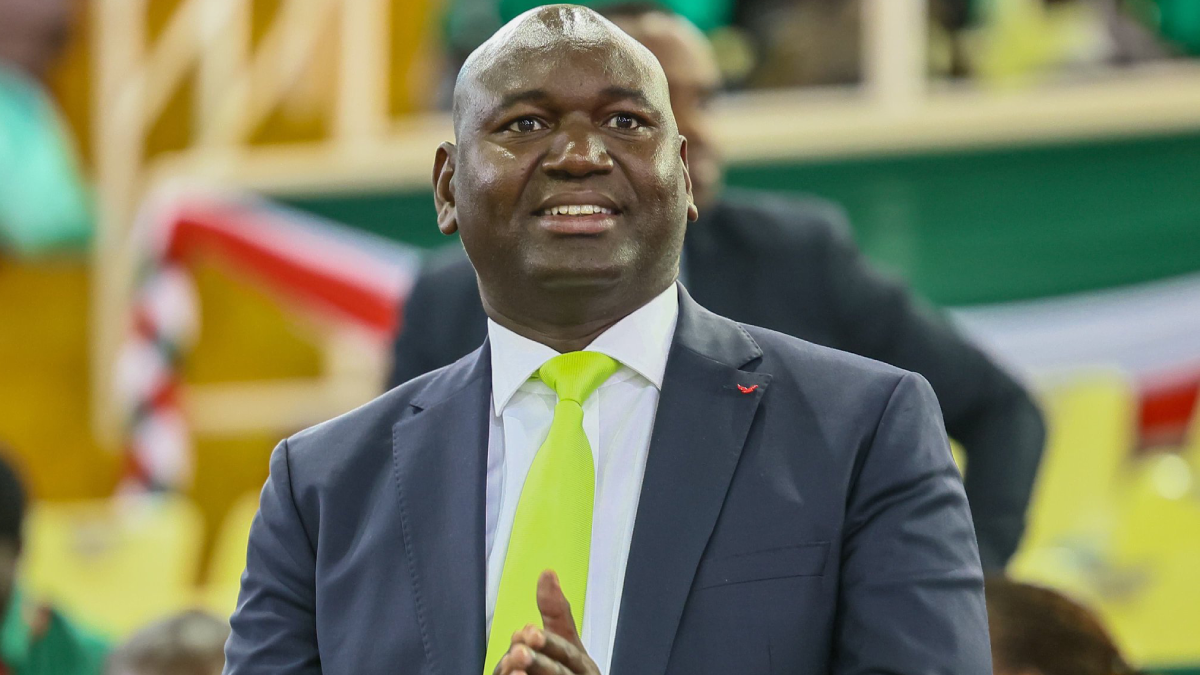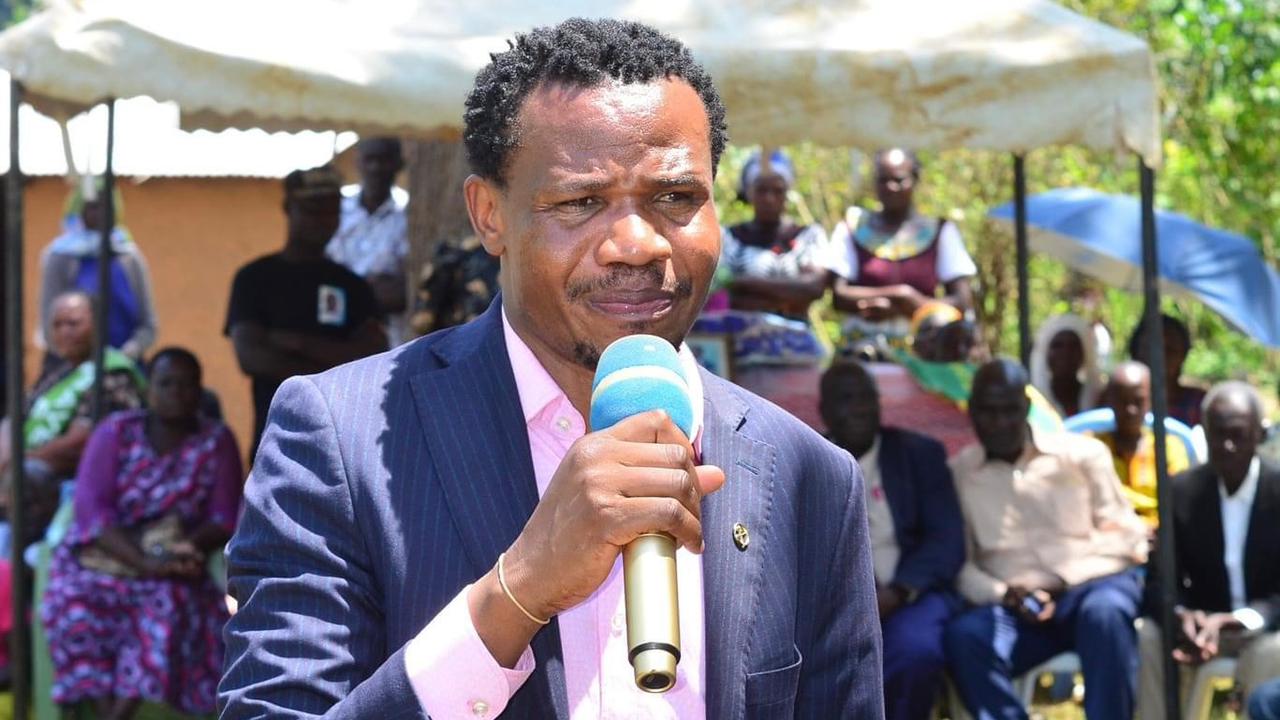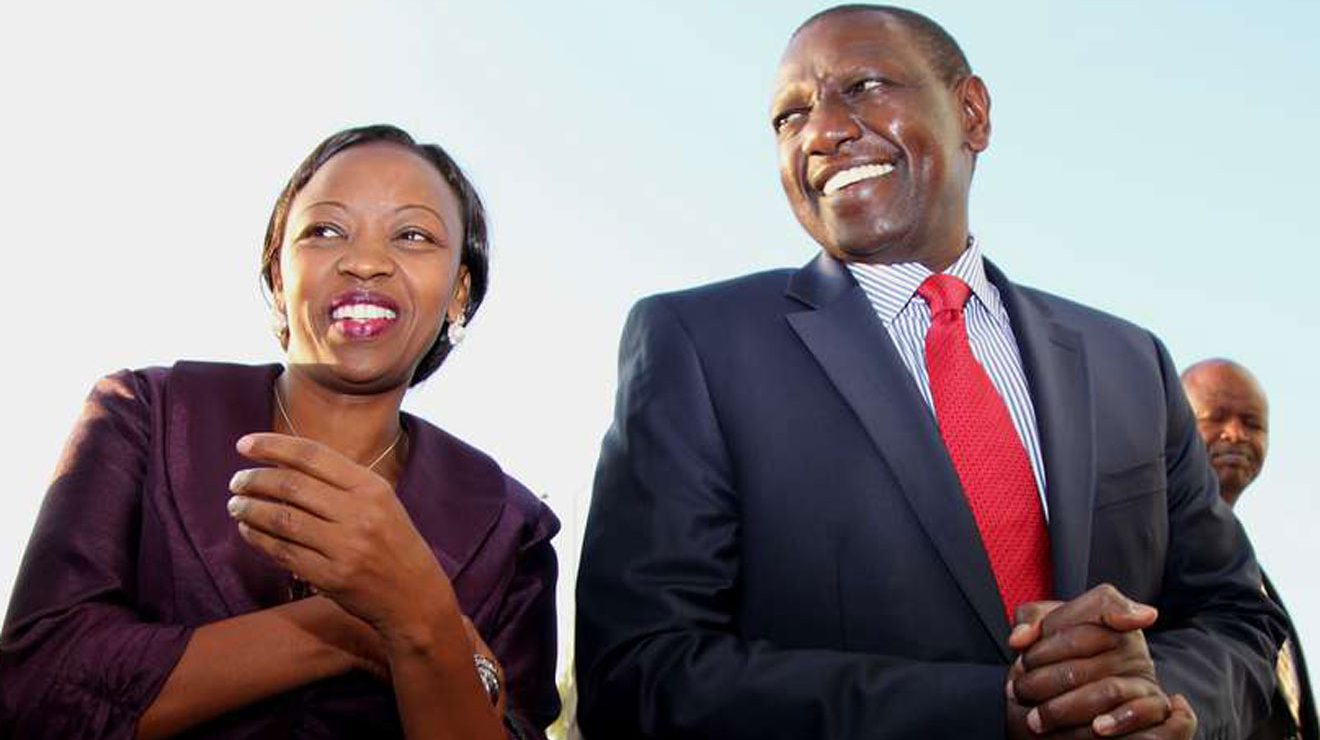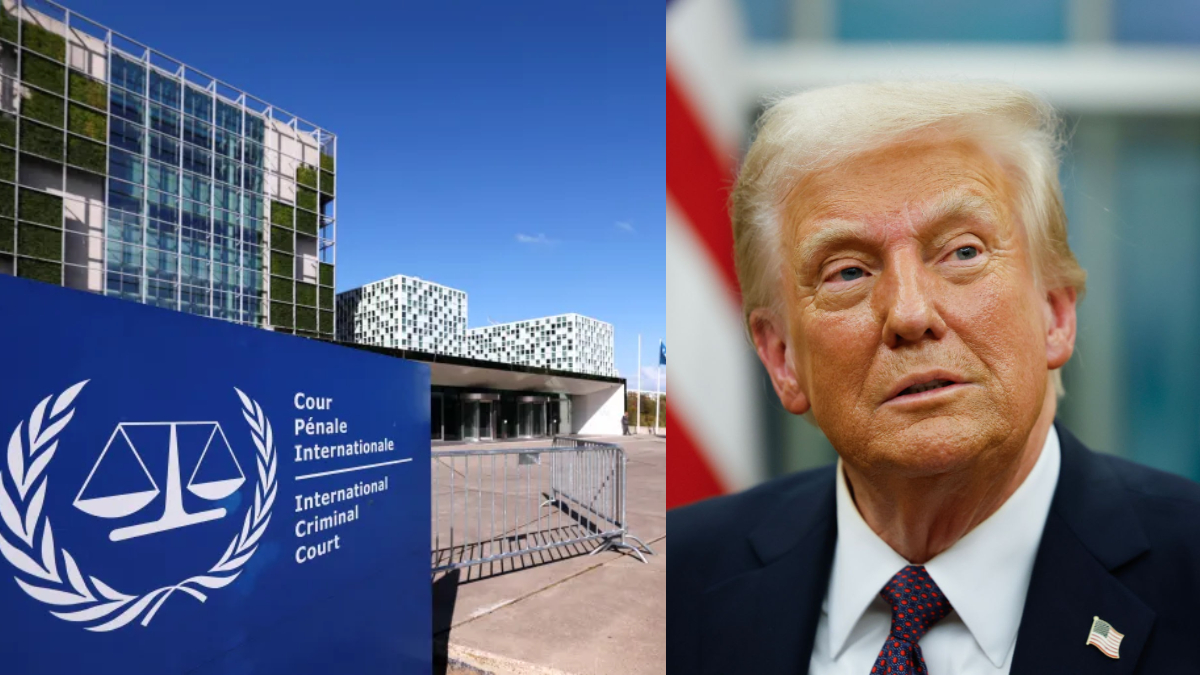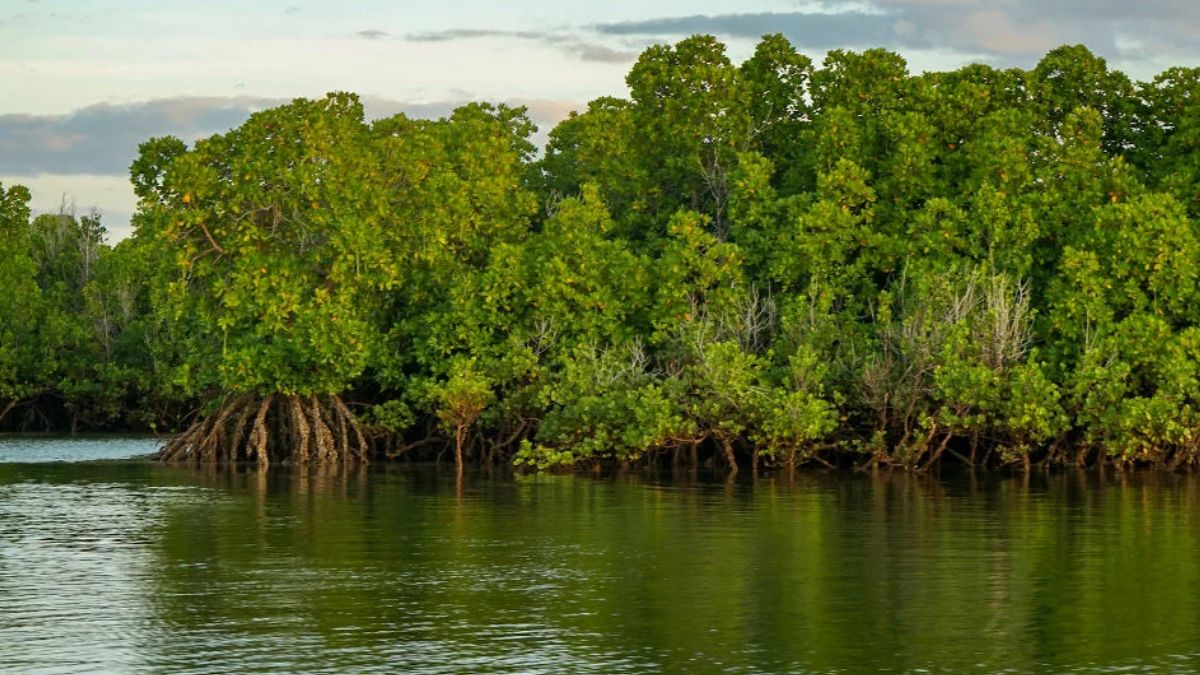In conversations about climate change and the urgent need to build climate-resilient economies, banks, investors, and governments often take center stage.
Yet there is one sector, which is just as critical to enabling this transition: insurance. Green investments cannot scale without insurance. Every wind farm, geothermal plant, solar park, or electric vehicle depends on the assurance that risk can be managed. Insurance forms the invisible backbone of the green economy and is one of the most powerful enablers of green growth. By taking on risks that would otherwise deter financiers, insurers help de-risk green investments, giving banks and investors the confidence to channel capital into clean energy projects and climate-resilient infrastructure.
But their role goes deeper than protection. Insurance, at its core, is about people. It is about safeguarding lives, livelihoods, and progress. As climate-related shocks such as floods, droughts, and extreme storms intensify, the strain on communities, businesses, and national economies across Africa is unprecedented.
For families and enterprises across East Africa, access to insurance cushions these shocks and provides a pathway to recovery and resilience.
Beyond protection, insurance also serves as a compass for the flow of capital. Through underwriting decisions and risk pricing, insurers can guide capital allocation toward low-carbon, climate-resilient ventures, ensuring that markets reward sustainability rather than perpetuating high-carbon risks.
This catalytic role is increasingly recognized at the global level. The United Nations Environment Programme’s Principles for Sustainable Insurance (UNEP-PSI) emphasizes that insurance is not only about transferring risk, but also about preventing and transforming it.
Similarly, the OECD highlights climate risk insurance as a critical tool in strengthening adaptation, particularly in vulnerable regions across Africa.
Across the continent, insurers are already putting this into practice – from providing cover for hydroelectric power plants, dams, and solar energy installations to underwriting geothermal and wind energy projects.
By taking on these complex and capital-intensive risks, the insurance sector is helping catalyze Africa’s green transition, building the confidence that enables investors, governments, and communities to commit to clean and resilient energy systems.
In underwriting these projects, insurers transfer risk and actively catalyse East Africa’s green transition, building the confidence that enables investors, governments, and communities to commit to clean and resilient energy systems.
To sustain this momentum, insurers must also evolve how to understand and manage climate risk.
Increasingly, companies are adopting internal climate risk assessment tools that evaluate the exposure of corporate and SME policyholders to both physical and transition risks.
These tools integrate indicators such as sectoral vulnerability, geographic exposure to extreme weather events, and transition factors like regulatory shifts, carbon intensity, and market changes.
By mapping climate risk across portfolios, insurers enhance their underwriting, protect SMEs, ensure that capital flows to climate-resilient activities and consequently empower clients to self-assess and be more resilient.
Globally, the opportunity before the insurance industry is enormous. If countries deliver on their current renewable energy targets, the related investments would generate additional premiums from the energy sector of $237 billion by 2035, a tenfold increase compared to $22 billion in premiums from oil, gas, and coal insurance paid in 2022. Even with slow progress, the potential for insurers to unlock green growth remains vast.
The green transition is not just an environmental imperative; it is an economic one. Insurance will determine which investments thrive and which falter in the face of climate uncertainty. For insurers, the mission is clear: to build confidence in a future that is cleaner, fairer, and more resilient.
By Ms. Carol Misiko, the Group Sustainability, Risk & Compliance Executive at Old Mutual




